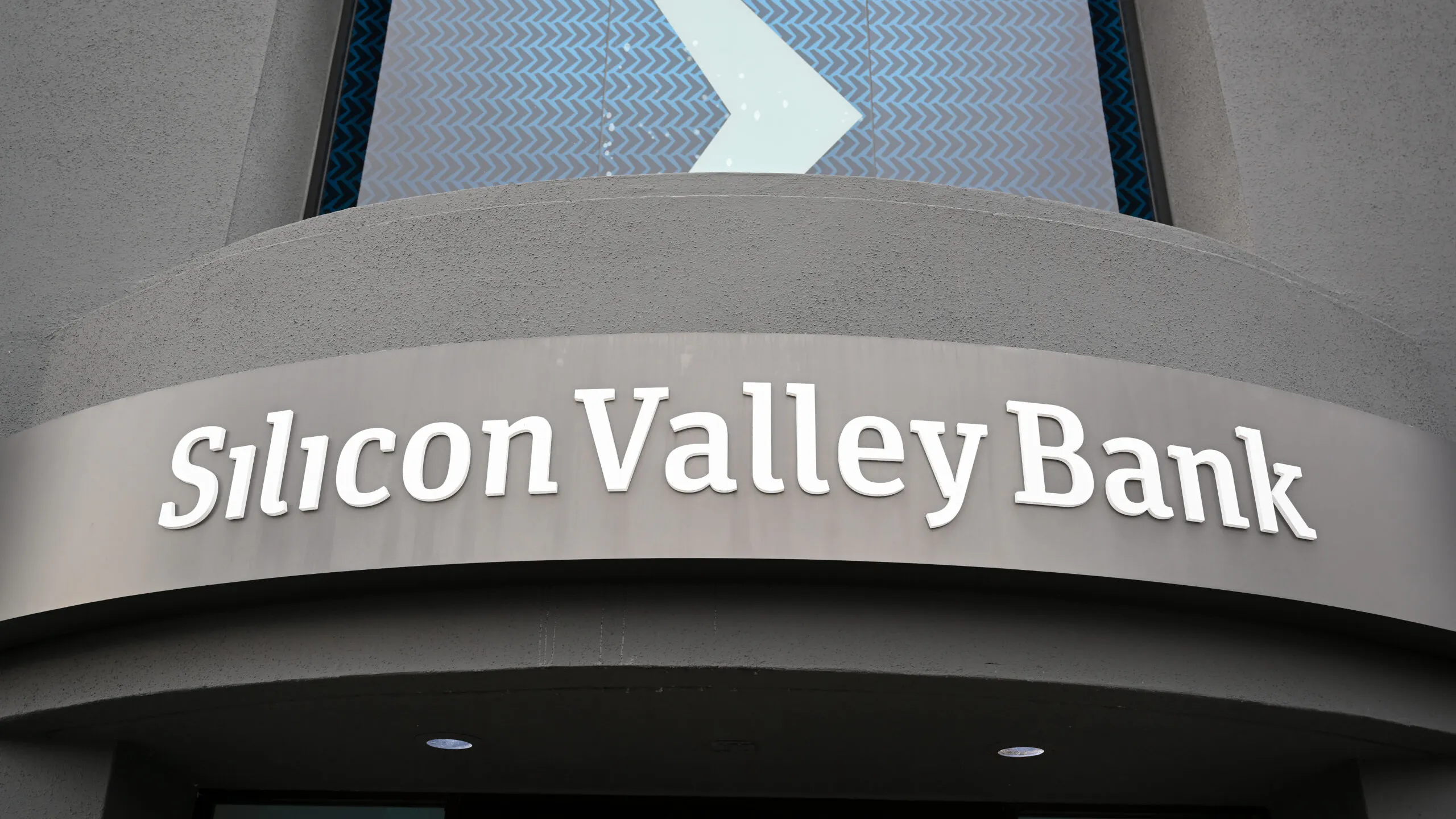Some 186 financial institutions in the United States are vulnerable to a collapse if uninsured depositors seek to withdraw their funds, according to a study from analysts with the National Bureau of Economic Research.
The research comes shortly after the collapse of Silicon Valley Bank, where the vast majority of accounts exceeded the $250,000 threshold guaranteed by the Federal Deposit Insurance Corporation. Financial authorities scrambled to back all deposits at Silicon Valley Bank such that the remainder of the financial system, in which roughly half of deposits surpass $250,000, would remain safeguarded against bank runs.
Silicon Valley Bank had been forced to cover withdrawals by selling a bond portfolio that had declined substantially in value amid Federal Reserve actions to reduce inflation by promoting a higher economy-wide interest rate environment. The study found that monetary tightening from the Federal Reserve has caused bank asset values to decline by 10%, indicating that the overall financial system’s assets are $2 trillion lower than suggested by their book value.
The analysts noted that prior to the Federal Reserve hiking the target federal funds rate by a collective 4.5% over the past year, the banking system would have been solvent if half of the uninsured depositors attempted to withdraw their balances and if all uninsured depositors attempted to withdraw their balances. The “substantial losses in the value of banks’ long-duration assets” induced by the higher interest rates now implies that “banks are much more fragile” to runs by uninsured depositors, the customers with more than $250,000 in their combined accounts with a given financial institution.
Some 1,619 of the 4,800 banks examined by the researchers would not be able to withstand all uninsured account holders attempting to withdraw their funds, while 186 banks would not be unable to withstand half of uninsured depositors demanding their funds. Both scenarios presupposed that the banks would not be forced to sell their long-term assets at fire sale prices to cover withdrawals. The scenario of all uninsured depositors seeking to pull their funds is “likely too extreme, although not impossible once the news of a run spreads.”
Some 78% of assets at Silicon Valley Bank were funded by uninsured deposits, placing the bank in the first percentile with respect to uninsured leverage even as the company was not an outlier with respect to the overall ratio between equity and assets.
Silicon Valley Bank offered services to nearly half of the venture-backed technology and healthcare firms in the United States; businesses typically deposit far more than $250,000 to cover operations as well as several months’ worth of expenses under a potential crisis. Lawmakers such as Rep. Maxine Waters (D-CA) and Sen. Elizabeth Warren (D-MA) recently suggested that Congress reconsider the $250,000 deposit insurance threshold.
CLICK HERE TO GET THE DAILY WIRE APP
President Joe Biden vowed after the collapse of Silicon Valley Bank and Signature Bank, where the vast majority of deposits were likewise uninsured, that “the American people and American businesses can have confidence that their bank deposits will be there when they need them.” Treasury Secretary Janet Yellen said authorities would only protect uninsured deposits at banks whose failure would “create systemic risk and significant financial and economic consequences.” Sen. James Lankford (R-OK) had pressed Yellen about whether uninsured deposits at community banks “regardless of their size” would be “fully insured.”

.png)
.png)

